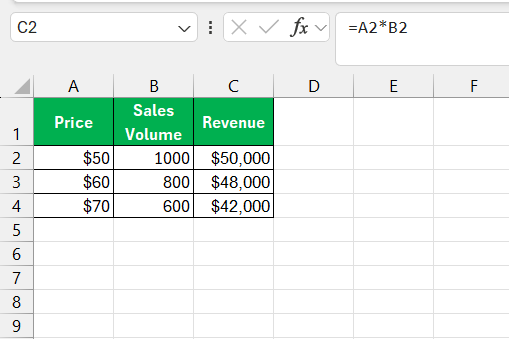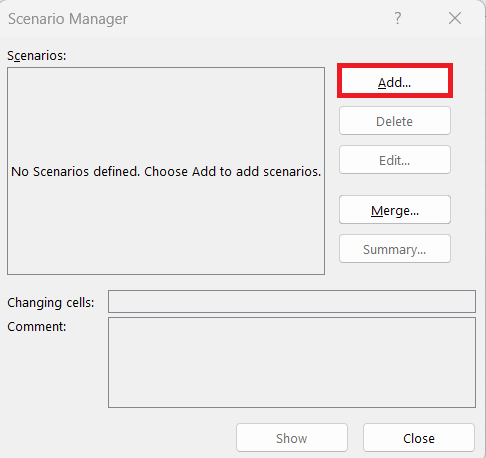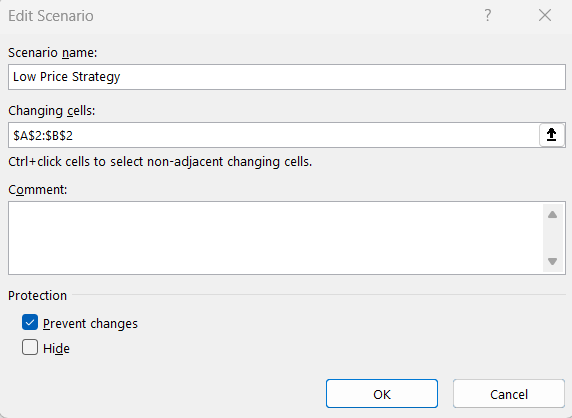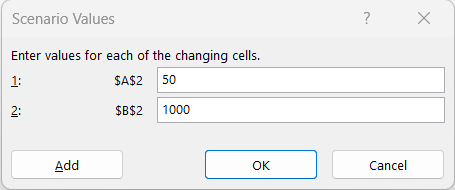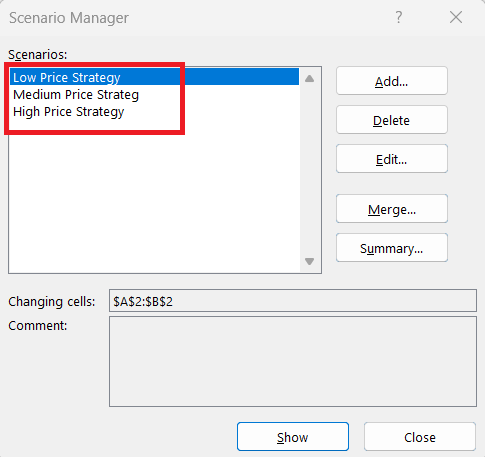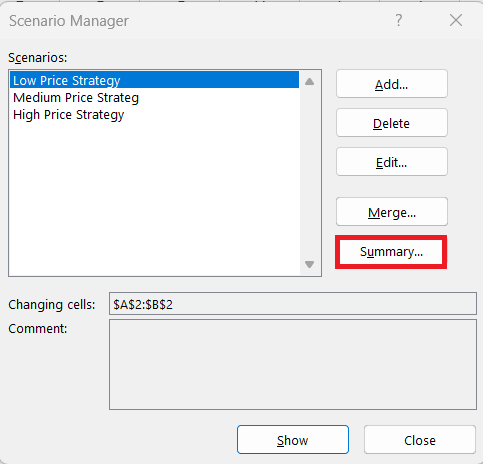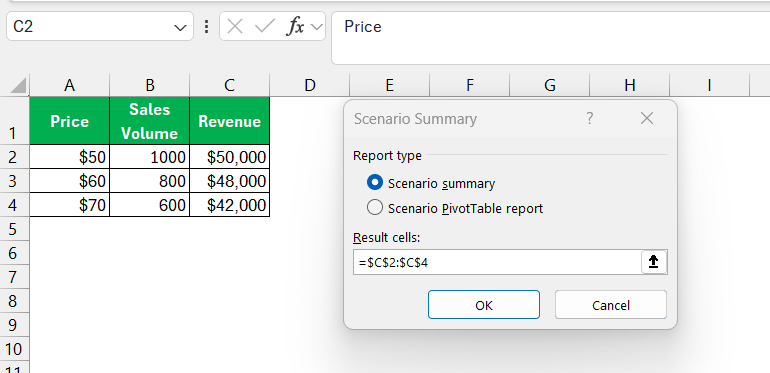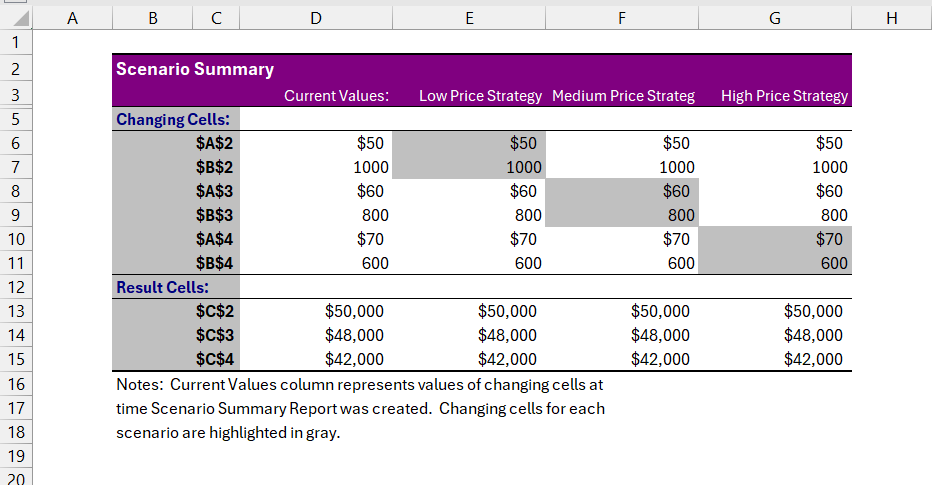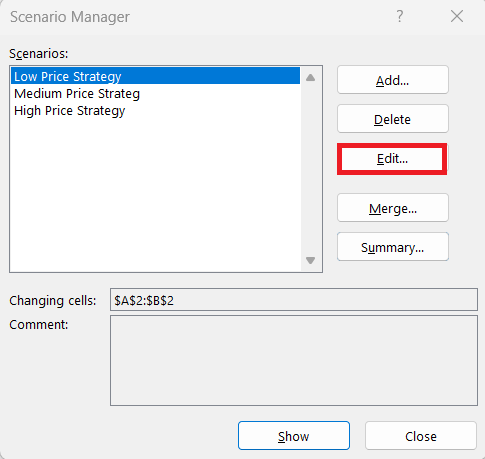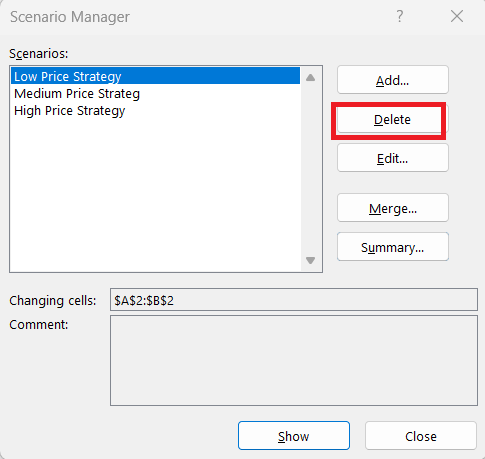Table of Contents
Introduction
Ease Your Forecasting and Analysis with Scenario Manager
As we embark on a journey through the diverse landscape of Excel’s capabilities, one feature consistently stands out for its power to streamline forecasting and analysis tasks – the Scenario Manager. This tool transforms the complex art of projecting future outcomes into a more manageable and methodical process.
Whether we’re considering shifts in market trends, variations in budget allocations, or simply exploring “what if” questions, Scenario Manager equips us with the means to look into the future with more clarity and confidence.
The Power of Excel in Predictive Modeling
Excel truly shines when it comes to predictive modeling. The software’s robust, built-in analytical tools, like Scenario Manager, are designed to simplify tasks that might otherwise require intricate statistical software. With Excel, I can delve into forecasting, tapping into an array of functionalities that allow for an accessible and flexible modeling environment.
Such versatility enables me to manipulate data with ease, test assumptions, and visualize potential outcomes, which are essential for making strategic, data-driven decisions. The real power of Excel in predictive modeling lies in its pervasive use, meaning the skills and techniques I develop are transferable and valuable in numerous professional contexts.
Understanding Scenario Manager
What Is Scenario Manager?
The Scenario Manager lets you define and switch between different sets of input values, all in one worksheet. Each scenario represents a specific set of values that you want to test, while your underlying model (formulas and calculations) remains the same. It’s a simple way to compare different “what-if” situations without creating separate files or tabs for each possibility.
Why I Use Scenario Manager
Personally, I love using this feature when I want to compare different plans or strategies without having to copy and paste my data over and over. For example:
- Budgeting: When I plan my personal finances, I can create scenarios like “Best Case,” “Worst Case,” and “Expected Case” to see how different spending levels impact my savings.
- Sales Forecasting: If I’m helping a business project revenue, I can create pricing scenarios and see how they affect total sales.
- Project Management: It’s super handy to play around with timelines and resources by adjusting variables and instantly seeing how the project plan changes.
Getting Started with Scenario Manager
How to Access Scenario Manager
Here’s how I get to the Scenario Manager:
STEP 1: Go to the Data tab on the Ribbon.
STEP 2: In the Forecast group, click What-If Analysis.
STEP 3: From the dropdown list, select Scenario Manager.
That opens the Scenario Manager dialog box, where I can add, edit, or delete scenarios.
Step-by-Step: Creating a Scenario
Let me walk you through an example to illustrate how this works.
Scenario: Sales Forecast for a New Product
Let’s say I’m helping forecast sales for a new product launch. I want to test how different price points affect sales volume and overall revenue. Here’s how I’d set it up:
STEP 1: Set Up the Model First, I create a simple Excel model like this:
In this model, I have the price of the product in column A, the expected sales volume in column B, and the revenue calculation (price × sales volume) in column C.
STEP 2: Go to What-If Analysis in the Data tab, and select Scenario Manager.
STEP 3: Click Add to create my first scenario.
STEP 4: In the Scenario Name box, I’d type “Low Price Strategy.” In the Changing Cells box, I select cells A2:B2 (the price and sales volume). This tells Excel which cells will change for this scenario. Then, I click OK.
STEP 5: Excel prompts me to enter the values for this scenario. I input $50 for the price and 1000 for sales volume, then hit OK.
STEP 6: I follow the same steps to create two more scenarios: “Medium Price Strategy” ($60, 800 units) and “High Price Strategy” ($70, 600 units).
STEP 7: Click Close.
Analyzing Data with Scenario Manager
Generating Scenario Summary Reports
One of the things I love about Scenario Manager is the Scenario Summary Report feature. It lets me compare all my scenarios in a neat table, so I don’t have to switch back and forth between them manually.
To generate the report:
STEP 1: In the Scenario Manager window, click Summary.
STEP 2: In the dialog box that pops up, I select my result cell (in this case, the Revenue column). I can choose between a Scenario Summary or a Scenario PivotTable. I usually go for the summary report.
Excel then creates a summary report.
Editing or Deleting Scenarios
If I ever need to edit a scenario, I just open the Scenario Manager, select the scenario, and click Edit.
I can change the input values or even rename the scenario if needed. If a scenario is no longer relevant, I simply delete it by selecting it and clicking Delete.
Pro Tips for Using Scenario Manager
Here are a few things I’ve learned along the way:
- Limit Changing Cells: Scenario Manager works best with up to 32 changing cells. If my model is more complex, I might opt for Data Tables or Goal Seek.
- Clear Scenario Names: I always give my scenarios descriptive names to avoid confusion down the line.
- Document Assumptions: I like to keep notes on what assumptions I used for each scenario. It makes it easier when I revisit the model later or explain it to someone else.
FAQs
What is a scenario manager in Excel?
A scenario manager in Excel is a feature that allows me to create and analyze multiple scenarios within a spreadsheet. It enables the changing of multiple input values to see how they would affect the outcome. It’s like having alternate realities accessible at the click of a button – I can explore different ‘what-if’ situations without altering the original data. Whether for budget projections, financial forecasting, or other predictive models, Scenario Manager helps me prepare for various possibilities and make informed decisions based on potential outcomes.
How do I create a scenario model in Excel?
To create a scenario model in Excel, I start by identifying the cells that will vary across scenarios. Then, I find my way to the “Data” tab, click on “What-If Analysis,” and choose “Scenario Manager.” I click “Add” to create a new scenario, providing a descriptive name and selecting the variable cells. I input the different values for each variable and save. Repeating this process allows me to build multiple scenarios, which I can then compare to study how different inputs might influence my results or forecasts.
How Do I Edit or Delete an Existing Scenario in Excel?
To edit an existing scenario in Excel, I first open the Scenario Manager from the “Data” tab under “What-If Analysis.” I select the scenario I want to alter and click “Edit.” Here, I can change the scenario’s name, the changing cells, or the values. After making the modifications, I click “OK” to save the changes. To delete a scenario, I select it within the Scenario Manager and simply click “Delete.” This updates my workbook, ensuring it only contains the scenarios that are currently relevant to my analysis.
Can Scenario Manager Handle More Than Just Financial Projections?
Absolutely, Scenario Manager can handle much more than financial projections. Its use extends to any field that relies on data and benefit from exploring multiple ‘what-if’ possibilities—be it marketing campaign outcomes, inventory level analysis, operational efficiency trials, or academic research models. It’s an incredibly versatile tool, perfectly suited for any situation where I need to weigh the implications of varying inputs on a specific outcome.
Where is the scenario button in Excel?
In Excel, the scenario button is nestled within the “Data” tab, which is situated on the Excel ribbon at the top of the application window. Once I click on the “Data” tab, I need to look for the “What-If Analysis” button, usually located towards the right side of the toolbar. Clicking on this brings down a submenu where I find the “Scenario Manager.” That’s the gateway to creating, viewing, and managing my scenarios, ready to unlock the potential of data-driven forecasting and analysis.
John Michaloudis is a former accountant and finance analyst at General Electric, a Microsoft MVP since 2020, an Amazon #1 bestselling author of 4 Microsoft Excel books and teacher of Microsoft Excel & Office over at his flagship MyExcelOnline Academy Online Course.




